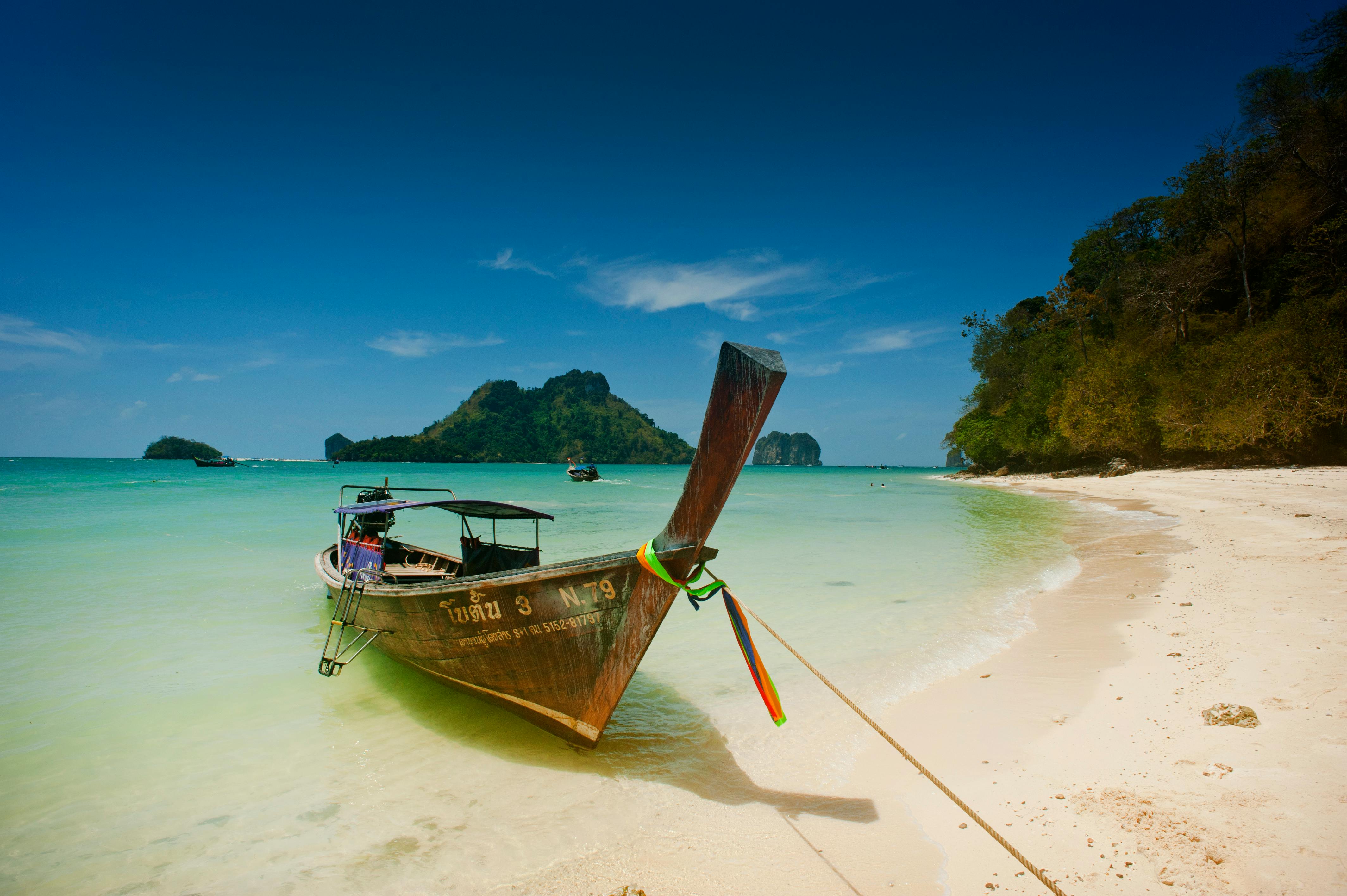Important things to consider before planting a black truffle farm – Part 2 of 4 Parts
Once the proposed truffle farm has been nailed, plowed and fenced, you will need to stake out the planting grid. Stake out the planting grid a couple of weeks before planting your truffle trees. You want to make sure that once the proposed truffle farm is staked out, you won’t have to plow the land again. Here in Spain the planting grid is 6 meters by 6 meters (about 18 feet by 18 feet approx). The 6 x 6 meter planting grid is required by law to receive government grants for this project. It also allows trees to shade the ground in summer, but let in enough sunlight in winter, once they are mature.
You will plant your trees in fall or autumn, depending on which side of the equator you are on. Autumn planting of your truffle farm has a number of advantages. Your truffles will go into hibernation and will suffer better from the transplant. You will have less mortality rate of your trees. Black truffle trees are not cheap, they cost between 5 and 7 euros here in Spain (September 2010). There is also now scientific evidence to prove that when you plant your truffle farm in the fall, your truffle trees will withstand drought better if you don’t have irrigation and will produce more truffles over the lifetime of your black truffle farm.
Holm oak, Downey oak, and hazelnut trees are your truffle tree choices for a black truffle farm. The oak is, by far, the best truffle on the market. It is known to be a strong and resistant host to the black truffle spore or mycelium. This black truffle tree is king when it comes to truffle trees or at least here in Europe. The oak is also very resistant to drought and has a number of different strains to adapt to its geographical location on mother earth. The next truffle tree of choice is the Downy Oak. Downey oak prefers a more humid environment to thrive well. It suffers worse from drought than the holm oak but remains relatively resistant to cross-contamination by undesirable microorganisms. Last but not least, there is the hazelnut. The hazelnut has been practically eliminated from Spanish black truffle farms, although some inoculation nurseries still produce a few hazelnuts each year. Other countries have found out the hard way that hazel is not a reliable host for the black truffle spore, mainly due to easy cross-contamination with undesirable lower quality truffles. So if someone offers you hazelnuts as your host tree for a black truffle farm, look elsewhere for their trees. Many people will argue this fact. One advantage that the hazel tree has over the holm oak or downy oak is that it can produce some black truffles a few years earlier. But most feel that the risk of cross contamination far outweighs the advantage of early produced black truffles, hence the drop in use of hazelnuts on black truffle farms.
Many people will comment that the oak grows in their area of the world, so a black truffle farm is possible there, because the oak is native to their area. Don’t be fooled by this reasoning. The fact that the oak grows where you live does not mean that a black truffle farm is possible. Remember that you are reaping a crop that grows on the roots of trees. Therefore, it is the soil condition of your proposed black truffle farm that is the deciding factor whether or not your black truffle will be successful.
You will want to use some type of tree protectant on your newly planted truffles. Truffle tree protectors have a number of advantages. In the province of Huesca, Spain, the most common truffle tree protector is a plastic tube that has a small air chamber between the layers. This small air chamber acts as an insolation chamber. Helps protect the little sprout from excessive heat in the summer and extreme cold in the winter. This small chamber will also collect condensation from the air, where it will drain to the ground and supply the truffle with a certain amount of water. This is a great advantage when you do not have irrigation on your land. Another advantage of the truffle protector is that the tree grows without lower branches. It leaves the tree bare for the first half meter or so, which makes getting up close for truffles, weeding, or hunting for trolls much easier. You must ensure that the bottom of the tree guard is buried below ground to prevent chimney effect. Make sure that hot air in summer does not enter through the bottom of the protector and escape through the top. This hot air will burn your truffle tree and eventually kill it. So the solution is to rake the soil up the sides of the truffle tree protector into something that looks like a pyramid. The raked soil also helps to insolate the truffle tree. The protectors are removed 3 to 4 years after planting your black truffle farm, in spring.
